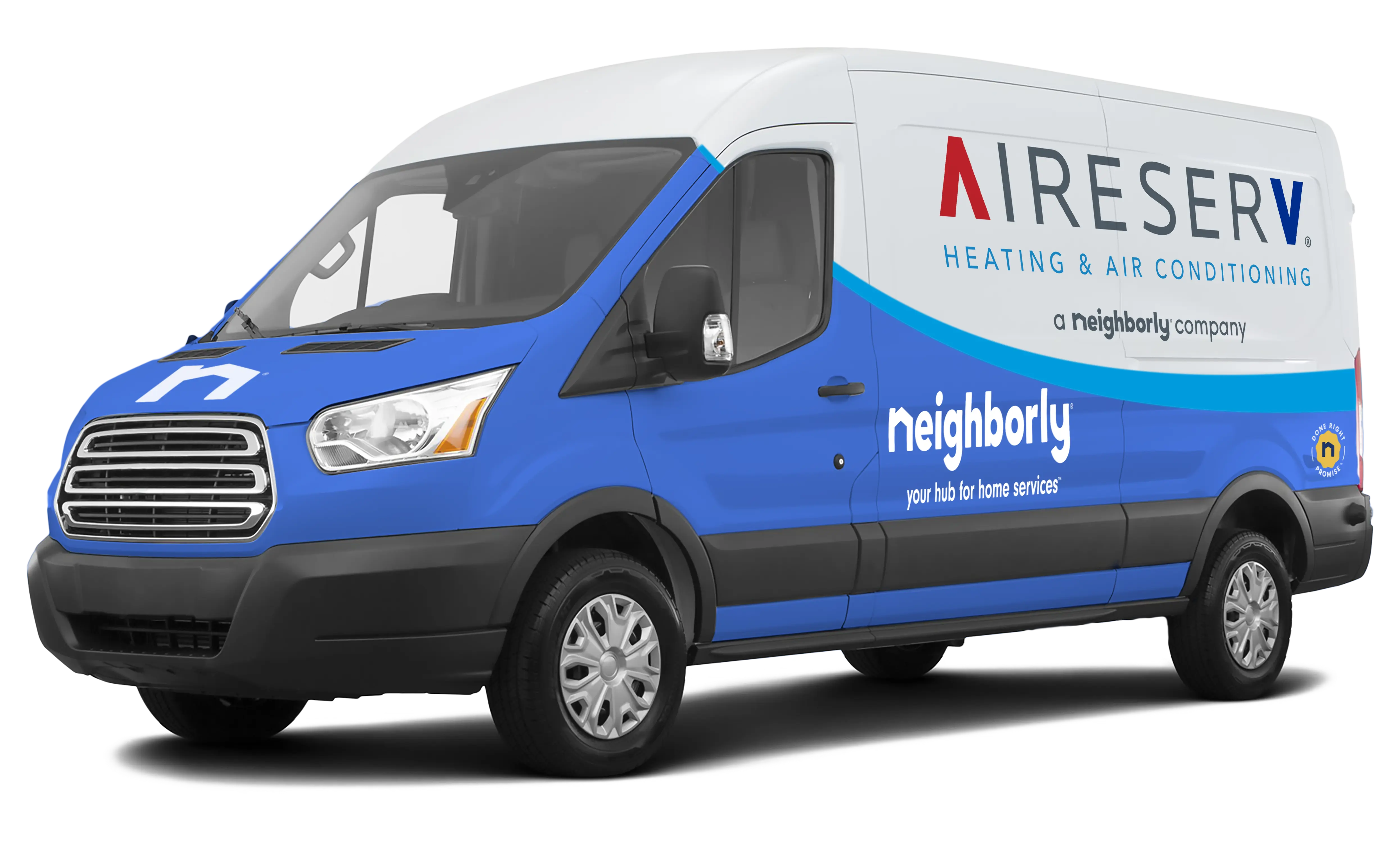Summer in Northeast Ohio brings a mix of high temperatures, humidity, and sometimes sudden heat waves. Your HVAC system is your best defense against uncomfortable indoor conditions, but without proper preparation, it can struggle to keep up. Preparing your system before the heat intensifies ensures consistent comfort, lower energy costs, and reduced risk of emergency repairs.
This guide will walk you through the essential steps to get your HVAC ready for summer, helping you protect both your home and your investment.
1. Schedule a Professional Summer Tune-Up
A professional tune-up is the cornerstone of HVAC summer preparation. During a comprehensive inspection, a trained technician will:
- Clean condenser and evaporator coils, which accumulate dust and debris that reduce efficiency.
- Check refrigerant levels to ensure optimal cooling capacity.
- Inspect electrical components and connections, preventing potential failures.
- Test thermostat functionality to guarantee accurate temperature control.
- Examine safety controls, such as high-pressure cutoffs and limit switches, to avoid hazards.
A thorough tune-up not only improves performance but also catches small issues before they escalate into costly repairs. For homeowners in Northeast Ohio, scheduling this check before the peak summer heat is crucial—waiting until the system is under stress often leads to breakdowns.
2. Replace or Clean Air Filters
Air filters are one of the simplest yet most critical components of your HVAC system. Dirty or clogged filters restrict airflow, force your system to work harder, and reduce efficiency.
Tips for filter maintenance:
- Inspect filters every 30–90 days depending on system use.
- Upgrade to high-efficiency filters for improved indoor air quality and allergen reduction.
- Replace or clean filters regularly to prevent dust buildup and strain on your system.
Clean filters allow your system to cool effectively, maintain airflow, and save energy throughout the summer months.
3. Inspect and Maintain Ductwork
Leaky or obstructed ducts can cause uneven cooling and energy waste. Take the time to:
- Check for visible leaks or loose connections along the ductwork.
- Ensure vents are unobstructed by furniture, curtains, or storage items.
- Consider professional duct cleaning if there’s significant dust or debris.
Proper duct maintenance ensures even cooling, higher efficiency, and reduced energy costs—especially important in multi-story homes common in Northeast Ohio.
4. Optimize Thermostat Settings
Thermostat management can significantly impact energy consumption. Smart or programmable thermostats allow homeowners to:
- Reduce cooling when the house is empty, avoiding wasted energy.
- Maintain consistent temperature settings, preventing unnecessary system cycling.
- Automate cooling schedules to match daily routines.
Avoid setting drastic temperature changes, as the system works harder to compensate. Small adjustments can make a big difference in both comfort and utility bills.
5. Check Outdoor Units
Your outdoor condenser unit is exposed to the elements, which can impact efficiency:
- Clear leaves, grass, and debris from around the unit.
- Ensure a minimum of two feet of clearance for proper airflow.
- Inspect for signs of rust, physical damage, or unusual wear.
Keeping the outdoor unit clean and unobstructed helps it operate efficiently, reducing the chance of a mid-summer breakdown.
6. Evaluate Home Insulation and Sealing
Even the most efficient HVAC system struggles if your home loses cooled air:
- Seal gaps around windows, doors, and vents with weatherstripping or caulking.
- Check attic and crawl space insulation for adequate coverage.
- Close blinds or curtains on south- and west-facing windows to reduce heat gain.
A well-sealed and insulated home reduces HVAC workload, maintains even temperatures, and lowers energy costs.
7. Monitor Indoor Humidity
High humidity in Northeast Ohio summers can make your home feel warmer than it is and place extra strain on your AC. Consider:
- Using a dehumidifier to maintain ideal indoor humidity levels (40–50%).
- Ensuring your AC system is correctly sized and functioning, as it also helps remove moisture from the air.
- Using fans strategically to circulate air and improve comfort.
Proper humidity control enhances comfort while reducing system stress.
8. Plan for Emergency Preparedness
Summertime can bring heatwaves and unexpected AC failures. Have a plan:
- Keep a list of reliable local HVAC professionals for emergency service.
- Be aware of warning signs such as unusual noises, weak airflow, or rising energy bills.
- Consider temporary cooling solutions, such as portable units or fans, in case of unexpected downtime.
Being proactive protects your home and ensures continuous comfort, even during the hottest days of summer.
Final Thoughts
Preparing your HVAC system for summer in Northeast Ohio isn’t just about staying cool—it’s about efficiency, reliability, and protecting your investment.
Key steps:
- Schedule a professional tune-up
- Maintain clean filters and ductwork
- Optimize thermostat settings
- Inspect outdoor units
- Ensure proper insulation and sealing
- Monitor indoor humidity
- Plan for emergencies
Taking these measures ensures that your home stays comfortable, energy-efficient, and stress-free all summer long.

